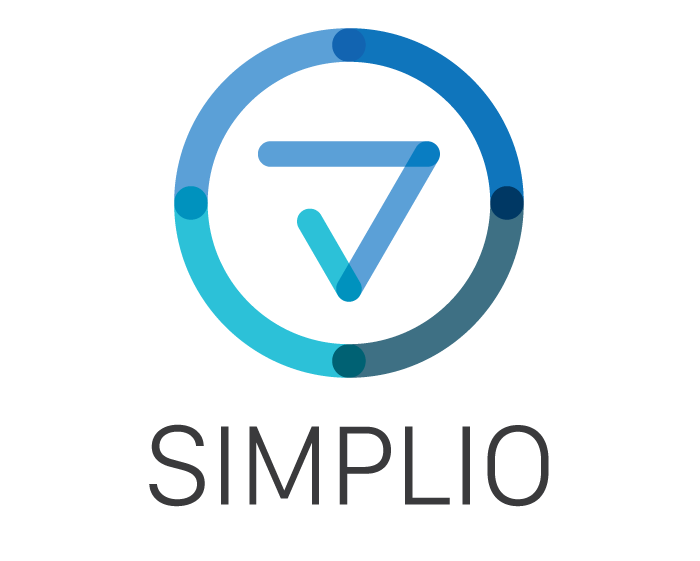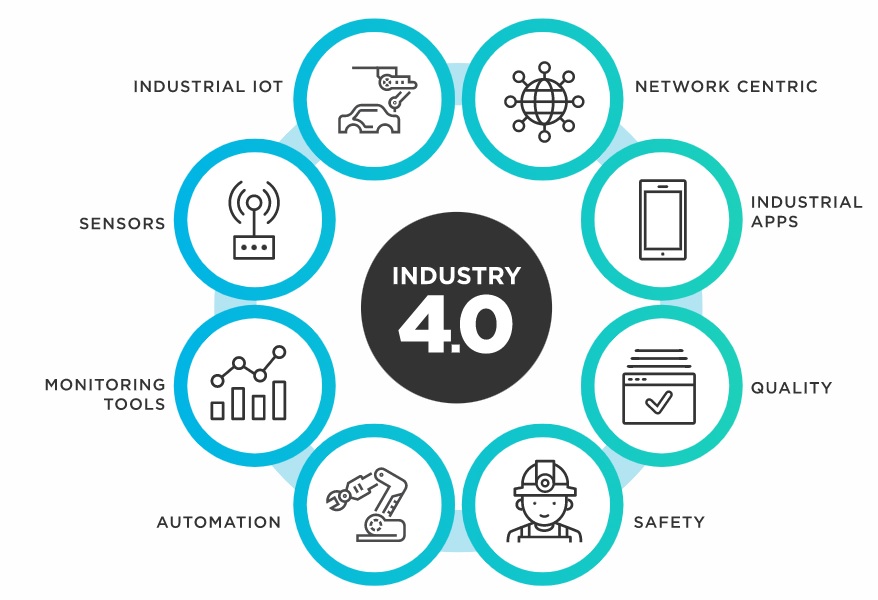Connected automation capabilities can help organisations unleash the potential of their IoT projects, while keeping costs down
It’s a future where IoT services can potentially identify and solve issues before they occur in homes, hospitals, offices, factories: in the field and across the seas. Industries from utilities to healthcare and manufacturing to mining are massively investing in IoT – with Fortune Business Insights predicting the global IoT market to be worth $2.6tn by 2029.
IoT constraints
Organisations are putting huge effort into combining their device data from IoT — with people, processes, and enterprise data. But there’s a big problem: IoT investments and efforts aren’t yet delivering the expected benefits. The promise of IoT isn’t happening, and over 70 per cent of projects are failing.
IoT’s number one issue is that real-time, data-rich insights often can’t be easily integrated with old systems and outdated ways of working. There’s also difficulty in bringing human experience, as well as AI insights, into IoT initiated processes, at the required speed and across the enterprise.
Deploying IoT sensors enables operations experts to be provided with lots of important data that can help prevent issues. But often, the data is not simply understood; the context of the data is not obvious, nor are what “next best interactions” are available to address the issue. Therefore, it’s far too difficult to make quick decisions and turn these decisions into positive actions.
For example, getting lots of sensor data that may indicate a production-line machine is about to fail isn’t good enough. How about a simple data summary, revealing if there’s spare parts and technicians immediately available, and what the available options are to prevent production stoppages causing huge losses?
Stopping production line stoppage is just one example of the value of IoT, but there are hundreds more. IoT services in distribution can quickly notice supply chain disruption, or IoT devices in healthcare notice serious health issues. But failure to react quickly enough to this insight means that time, money, and opportunities for intervention are missed, so unfavourable outcomes persist.
Traditional approaches to innovating in these complex environments often include replacing core systems or creating new, bespoke digital services from the ground up, but are hampered by the complexity, cost, time, and staff investment needed. Address these constraints, and there’s a huge opportunity for IoT-enabled, real-time, pre-emptive, and preventative services across all sectors. McKinsey advises that fixing the interoperability challenge will triple the returns from IoT. Fixing this issue is crucial to unlocking the potential of IoT.
The connected automation catalyst
The good news is connected automation now provides a low-cost, smarter capability that solves these challenges.
Connected automation is an industry-first, no-code, highly secure, software-as-a-service layer that IoT devices can easily connect to. It intelligently orchestrates multi-vendor software robots, API mini-robots, AI, and staff: all operating together in real-time as an augmented digital workforce. It’s a hyper-productive digital workforce delivering high-speed, data-rich, end-to-end processes that enable IoT devices to instantly inter-communicate and securely work with physical and digital systems of all ages, sizes, and complexities – at scale.
So, for the first-time, investments in IoT can deliver their true potential, but without huge investments in changing existing systems.
Connected automation can also easily bring human experience into IoT-initiated end-to-end processes, via intelligently automated issue handling. So, when human judgement is required, handoffs arrive via robot-created, sophisticated, intuitive, digital user interfaces – all in real-time. Where augmented insights are instantly required within IoT initiated processes, AI or other smart tools are used to escalate with predictive analysis and problem-solving capabilities, in real-time. And once decisions are made, by people or AI, they can immediately be actioned, yet without having to make major changes to existing systems or processes.
Crucially, the security vulnerabilities that IoT faces can also addressed with “better than banking security”. All end-to end process data is triple encrypted, down to each user and device, with tamper-proof blockchain and GDPR/PSD2 compliance.
No coding or integration effort is required by connected automation to augment ways of IoT working across legacy and digital systems, regardless of their complexity. It can be natively integrated to all IoT services including device software, analytics and existing core systems such as CRM, BPM, ERP and more. By augmenting and extending the scope of all existing technology investments, ROI is achievable in months, at 10 per cent of the cost of traditional digitisation and automation approaches.
Connected automation actioned
Connected automation enables organisations to finally deliver real-time, pre-emptive, and preventative services, that quickly and securely reduce risks, cut costs and increase productivity. Asset management; field service scheduling; predictive maintenance; remote monitoring; services portal; work order execution and other use cases are now possible. Here are three transformed IoT service scenarios:
- For healthcare monitoring, an IoT device can drive early interventions – prompting a range of outcomes, from a friendly call to an immediate ambulance.
- Utilities companies provide preventative maintenance for customers’ heating and appliances, with IoT devices instantly relaying information about impending issues. Real-time integration to inventory systems enables part ordering, field service systems for fix scheduling, CRM systems for customer updates and more.
- For equipment monitoring in factories, on-condition predictive maintenance means less maintenance and less factory shutdowns.
Connected automation has already delivered significant benefits in digitising processes for major telco and utilities companies: including over 30 per cent cost savings, 65 per cent faster processing times, and significant improvements in staff and customer satisfaction.
Final thoughts
Clearly, the potential for connected automation to better enable smarter IoT services throughout the private and public sector is enormous. However, an inevitable torrent of hype will grow around the technology. Navigate this minefield by asking vendors to conduct a proof of value that delivers a ROI in weeks – not years. Genuine connected automation tech providers will happily action this and demonstrate proven, real-world use cases that highlight big benefits for less, and at scale.


